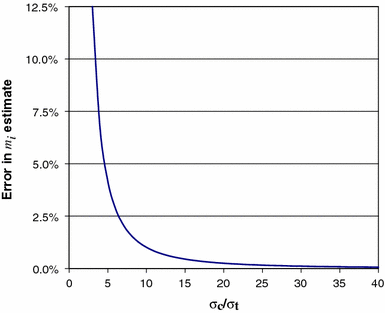

Finally, the developed method is applied in the tunnel engineering in the Daheba hydropower station in Hanjiang to the Weihe River project of China, and the results are compared with those from the previous works. On this basis, a newly developed method from RQD classification system based on drilling special energy is established to estimate the rock mass strength. Since in some cases, rock quality designation (RQD) is the only information available, a comparative study with other methods then is conducted to verify the limitation and deficiencies of RQD method. Firstly, the existing approaches for determining the strength parameters of rock masses are reviewed using classification systems such as the joint factor, jointing index methods, rock mass rating (RMR), Q-system (Q), geological strength index (GSI), and rock quality designation (RQD). Rock mass classification system is an effective method for determining the strength parameters for rock masses. The unreasonable evaluation of strength properties for rock masses can lead to the structure instability of underground construct, which subsequently causes collapse accidents in underground engineering and poses a serious threat to the structures safety. Although various deformation mechanisms-such as joint density, joint orientation, joint spacing, and broken pieces-have been investigated, all of them seem to be triggered by macroscopic heterogeneity caused by fracturing.ĭuring underground excavations for civil and mining engineering purposes, the variations in mechanical properties of jointed rock mass are important, especially for the design of underground structures. Since laboratory experiments, all kinds of empirical correlations have been proposed for the determination of deformability based on rock quality designation (RQD), rock mass rating (RMR), and geological strength index (GSI). Since laboratory experiments have investigated the underlying deformation mechanisms of enhancement of fracturing on small jointed specimens, but it does not seem possible to predict accurately the deformability of rock masses due to the scaling rules in rock and scaledependent of fracture, in situ tests provide direct information on deformability at very high cost and time-consuming, also simply treating the jointed rock as an equivalent continuum.


 0 kommentar(er)
0 kommentar(er)
